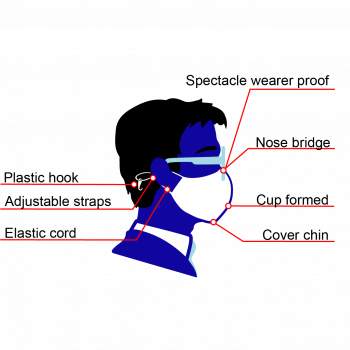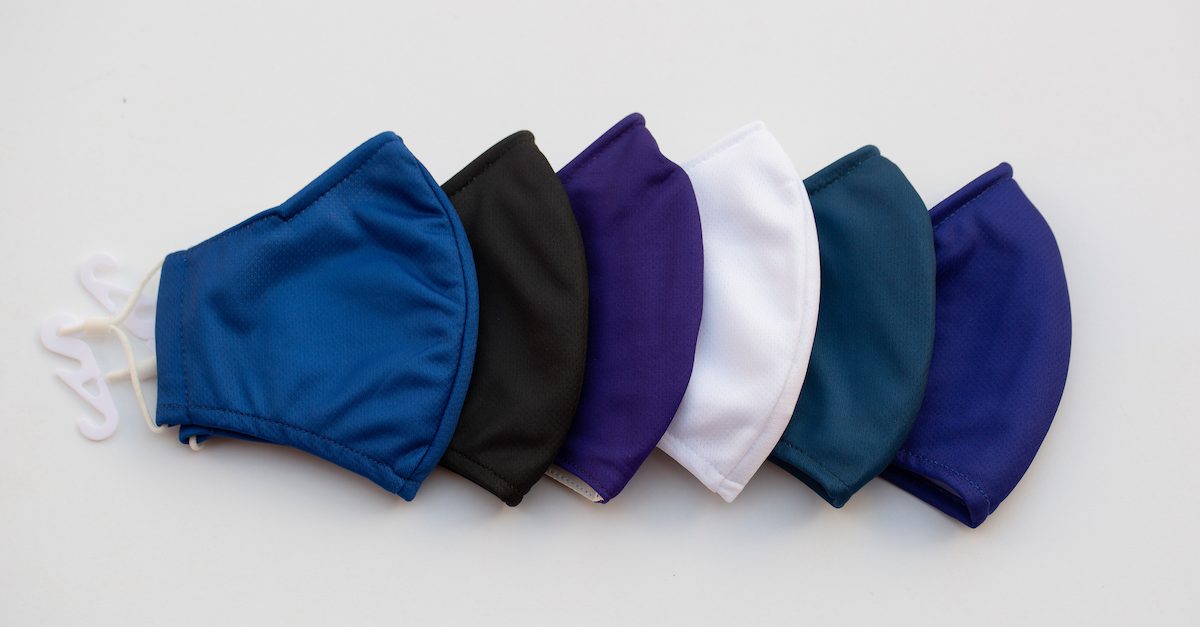The coronavirus pandemic has been with us for over a year now, and it still doesn’t look like we’ll be seeing the back of it very soon. Vaccination is protecting us from 90% to 95% of getting sick from the virus. However, it is not fully protecting us from getting infected with the virus and spreading it. A vaccinated person can still test positive as a carrier of the virus.
As a result, facemasks have become as ordinary a feature of everyday life as our house keys and wallet. That said, it’s not always easy to know whether the one we’re wearing is offering the protection we need. The market has been flooded with choices, and it is hard to know exactly what you should be looking for. So what does make a good mask, and what should you be thinking about the next time you buy one?
The higher the mask’s capacity to filter particles, the more difficult it can be for the wearer to actually breathe. Finding the right balance is key.
Filtration & Breathability
Facemasks filter and trap particles in the air we breathe. As we speak, sing, cough or sneeze, we disperse tiny micro-droplets that may be carrying the virus into the air around us. The mask captures those droplets, protecting those around you, and at the same time protecting you from droplets exhaled by the people you meet. But there is a trade-off to be made here. The higher the mask’s capacity to filter particles, the more difficult it can be for the wearer to actually breathe. Finding the right balance is key.
Fit
In order to do its job though, your mask has to fit your face. Loose fittings permit unfiltered air to slip through, so masks have been designed to correspond to the shape of the average person’s face in order to be effective for the greatest number of people.
Face masks need to cover the nose, cheeks and chin of the wearer, from the top of the nose, secured by a metal “nose bridge”, down to underneath the chin, and the sides should sit snugly on both cheeks. The mask should be “cup formed” rather than flat in order to allow it to follow the face’s natural contours, while adjustable straps ensure that it can be adapted to different shapes and sizes. The nose bridge is a key element as it provides both safety and comfort. It also increases the mask’s suitability for a wider audience, such as glasses wearers who will otherwise find their glasses fogging up.

The key factors of fit, filtration and breathability define which mask is right for the moment. But test reports and certificates should also be looked for.
Test reports and certificates
Choosing the right face mask begins by considering the context in which it will be worn. People who can’t always practice social distancing in their workplace should follow the WHO recommendation for a triple-layered mask with a filter and a cup form in order to achieve a comfortable fit and high levels of filtration. On the other hand, a shopper using the mask for only a few hours and with relatively limited contact with others will likely prefer something with a lower filtration level.
The key factors of fit, filtration and breathability define which mask is right for the moment. But test reports and certificates should also be looked for. Masks that are not tested or certified may have a poor filtration and breathability and therefore cannot be considered safe.
Tested, Certified, and Branded Protection
At Pactics, we developed FACEWEAR that is distinctive, durable, comfortable, washable, and safe. Our FACEWEAR is tested and certified and fully customizable in any color and design using our in-house Digital Dye Sublimation Technology – creating positive reflections for your brand.
If you would like to know more about our Facewear solutions visit our website for more information or contact us directly.




